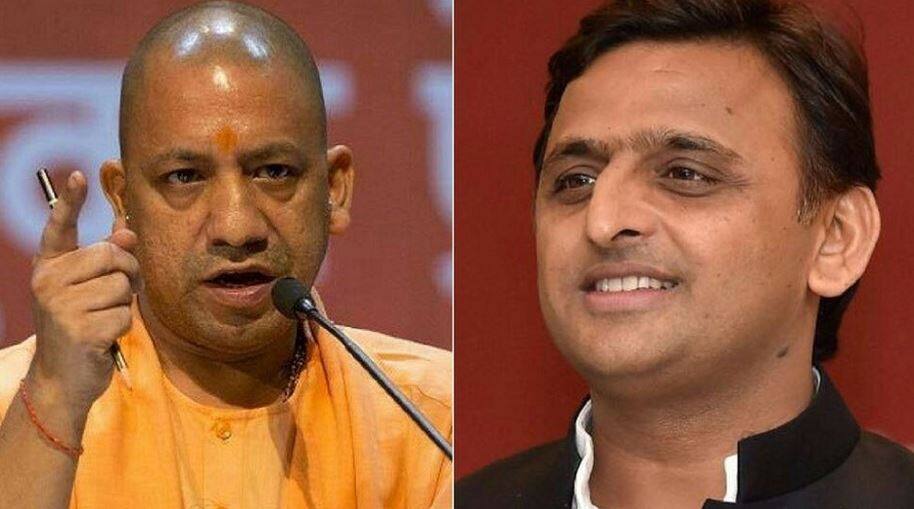The battle of Uttar Pradesh has traditionally been fought on caste and religious line. The two top regional parties here - BSP and SP - have their own dedicated support base that votes for them regardless of trends or issues in the elections. While OBCs traditionally voted for the SP, it was seen that BJP was able to convince this community in their favour during the 2017 Assembly and 2019 Lok Sabha elections. The OBC votes matter upto the extent that state chief of all the four major political parties in UP come from this dominant community.
A closer look at numbers show why OBCs matter a lot in UP:
1) The massive number: OBCs account for about 54.5% of the state population and are a crucial factor in deciding the fate of any political party in UP.
2) All state party chiefs are OBCs: The importance of OBCs is reflected in the fact that the state presidents of the leading four parties are from the OBCs.
3) BJP has the highest 102 OBC MLAs in UP, whereas the SP has 12, the BSP has five, Apna Dal has five and the Congress has one.
4) Big factor in previous BJP wins: Surveys by the Centre for the Study of Developing Societies (CSDS) have shown that the BJP secured an increase in OBC votes by 12-14 per cent between 2009 and 2014 Lok Sabha elections. They maintained the sway over the OBC voters through 2017 Uttar Pradesh Assembly polls and 2019 Lok Sabha election, polling close to 45 per cent of the votes of the caste category.
5) Yadav vs Non-Yadav OBCs: In 2017, when the Samajwadi Party lost power to the BJP, Akhilesh Yadav’s party still polled 66 per cent of Yadav votes. But in the non-Yadav OBC caste category, the BJP secured about 60 per cent votes. It was the ‘committed’ upper caste voters and the switch of non-Yadav OBC voters that brought the BJP to power in Uttar Pradesh after 14 years
6) Mandal commission and rise of OBC vote bank: Social justice was the catchword in Uttar Pradesh, and also in Bihar after Mandal commission report was implemented in early 1990s which saw meteoric rise of Mulayam Singh Yadav, the father of Akhilesh Yadav and founder of the Samajwadi Party. It brought OBCs into prominence in Uttar Pradesh elections as the dominant vote bank.
7) The Congress’s social engineering of the past gave way to OBC-Muslim constituency of the Samajwadi Party and the Dalit vote bank of Mayawati’s Bahujan Samaj Party (BSP).
8) It took several years and a Modi wave for the BJP to slice away non-Yadav OBC voters from the Samajwadi Party and non-Jatav Dalit votes from the BSP during the 2014 Lok Sabha election and subsequent polls in Uttar Pradesh. This was how the BJP swept 2014 and 2019 Lok Sabha polls, and 2017 assembly election in Uttar Pradesh.
















